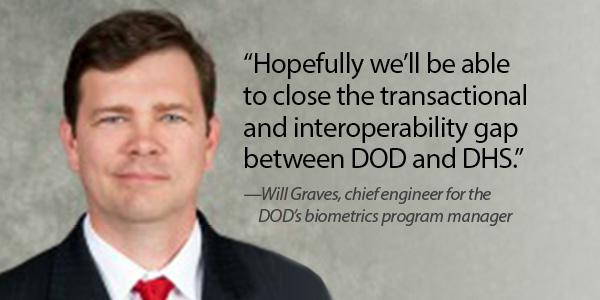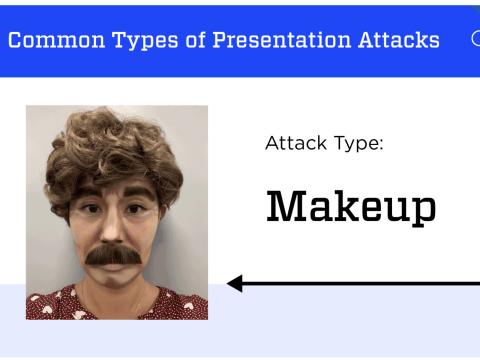DOD, FBI and DHS Biometric Databases Will Be Able to Talk to Each Other
Biometric databases held by the Defense Department, the FBI and the Department of Homeland Security will be able to communicate with each other seamlessly for the first time ever once a new standard for encoding biometric information is approved next year, DOD officials told the audience at the AFCEA Federal Identity Forum in Tampa, Florida, on Tuesday.
The new standard, known as Electronic Biometric Transmission Specification (EBTS) version 4.1 will enable the DOD's Automated Biometric Identification System, or ABIS, "to talk to the FBI's [Next Generation Identification] NGI system natively, in their own language ... We'll also be able to talk natively to [DHS' IDENT biometric database]," said Will Graves, chief engineer for the DOD's biometrics program manager.
"Hopefully we'll be able to close the transactional and interoperability gap between DOD and DHS," he added.
"That's broken right now," Graves acknowledged. "The way we get to DHS is through the FBI," which incorporates regular updates from homeland security in its NGI database. "It's been going on for years," he said of the dysfunction
DOD components, which currently use EBTS 1.2, will leapfrog to version 4.1, starting when the new version gets approved. The process should be finished by the end of next year, he said, ensuring seamless interoperability between the three department's huge biometrics databases "for the first time ever."
The modernization of which the new standard is a part constitutes a complete overhaul of the D)D biometric system, which—at 5 to 10 years old—is "getting a bit long in the tooth," according to Graves.
The process may also include moving ABIS to a cloud architecture, he added.
EBTS 1.2 is based on standards maintained by the American National Standards Institute (ANSI), and version 4.1 incorporates updates made in 2013 by ANSI and the National Institute of Standards and Technology, or NIST, he said.
Version 4.1 is also compatible with a NATO standard, STANAG 4715, so it will make information-sharing with foreign partners possible, too. The integration with NATO systems will require highly secure "data filtering and data protection," Graves said.
"We're going to try to protect that data as much as we possibly can."






Comments